Optimal Timing for Waterproofing
Waterproofing is a critical process to protect structures from water intrusion and damage. Proper timing ensures the effectiveness and longevity of waterproofing applications, reducing the risk of costly repairs and structural issues.
Spring offers moderate temperatures and less humidity, ideal for waterproofing projects. It allows sufficient curing time before the summer heat or winter cold.
Summer provides warm, dry weather conducive to effective waterproofing application and curing, especially in regions with high rainfall.
Autumn can be suitable if temperatures remain above freezing. It offers a window before winter when moisture can interfere with waterproofing materials.
Winter is generally unsuitable due to freezing temperatures and increased moisture, which can compromise waterproofing materials and their adhesion.
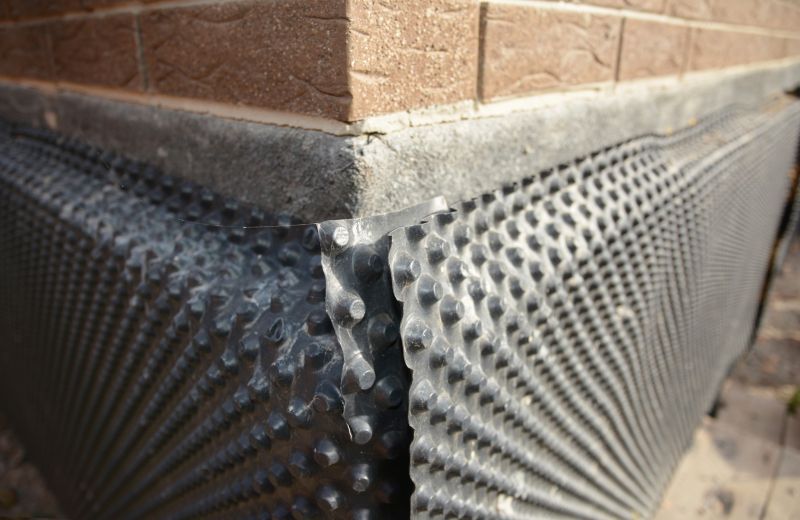
Ways to make Waterproofings work in tight or awkward layouts.
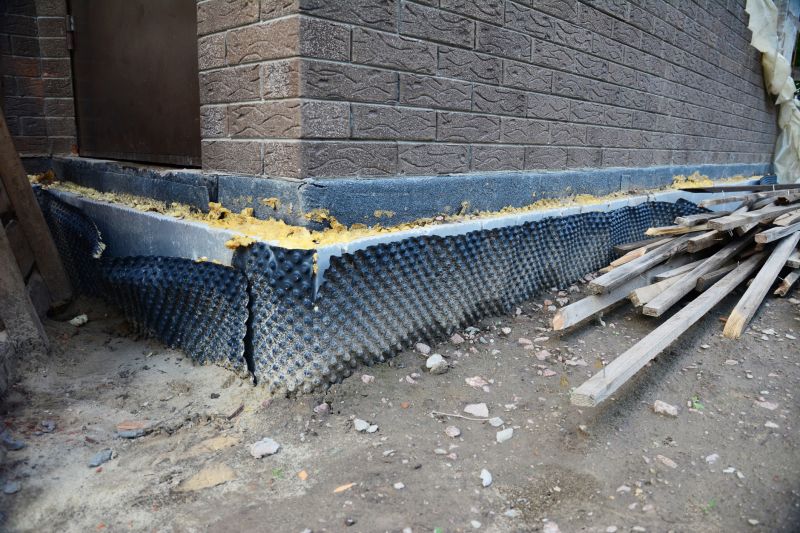
Popular materials for Waterproofings and why they hold up over time.
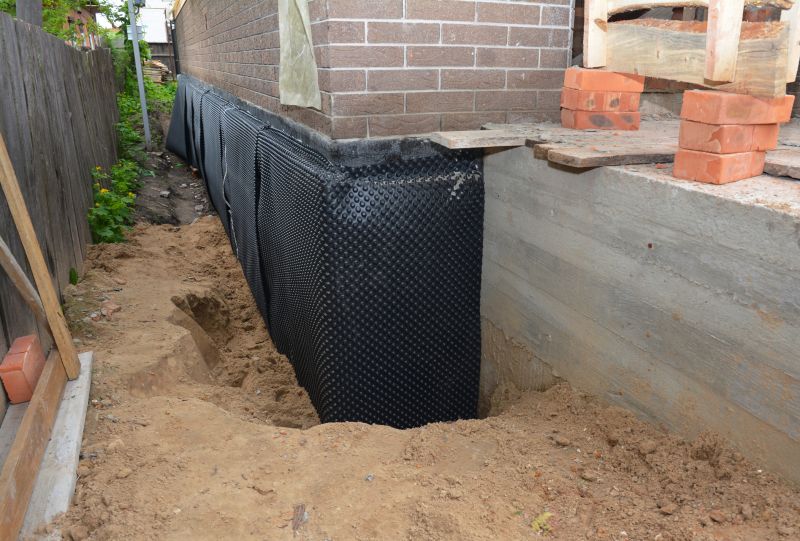
Simple add-ons that improve Waterproofings without blowing the budget.
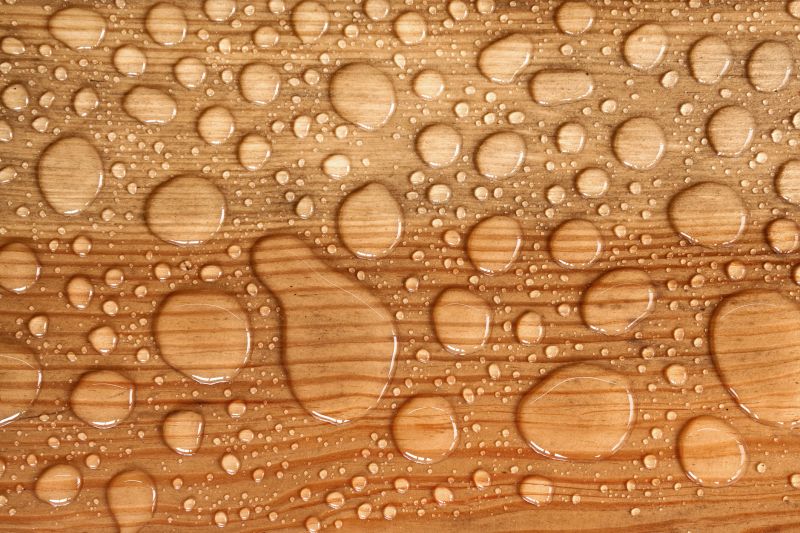
High-end options that actually feel worth it for Waterproofings.
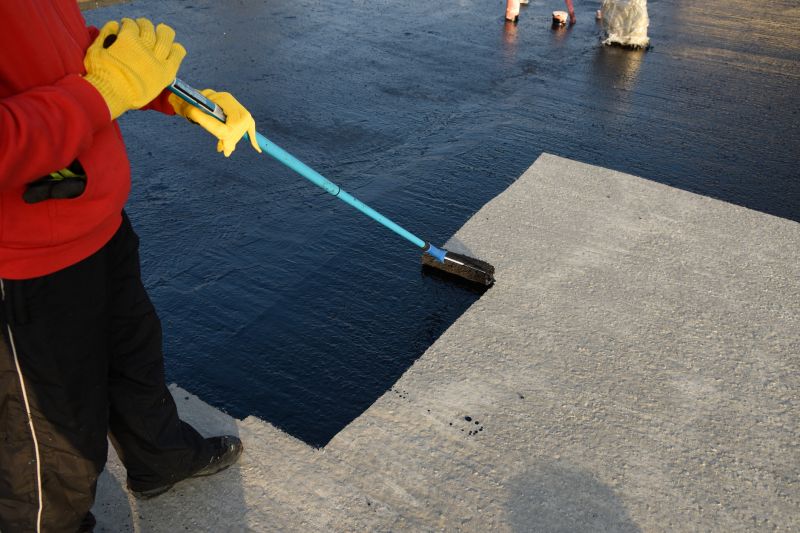
Finishes and colors that play nicely with Waterproofings.

Little measurements that prevent headaches on Waterproofings day.
Waterproofings involve applying specialized materials to prevent water penetration in foundations, roofs, and other critical areas. The effectiveness of waterproofing depends heavily on proper timing, environmental conditions, and material selection. Properly scheduled waterproofing can extend the lifespan of a structure, prevent leaks, and reduce maintenance costs.
| Season | Ideal Conditions |
|---|---|
| Spring | Moderate temperatures, low humidity, dry days |
| Summer | Warm, dry weather, consistent temperatures |
| Autumn | Temperatures above freezing, dry conditions |
| Winter | Freezing temperatures, high moisture, unsuitable |
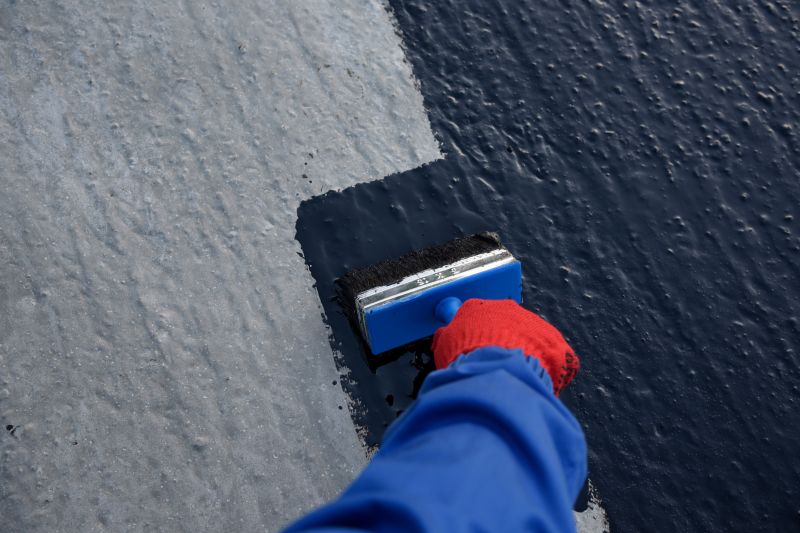
A 60-second routine that keeps Waterproofings looking new.
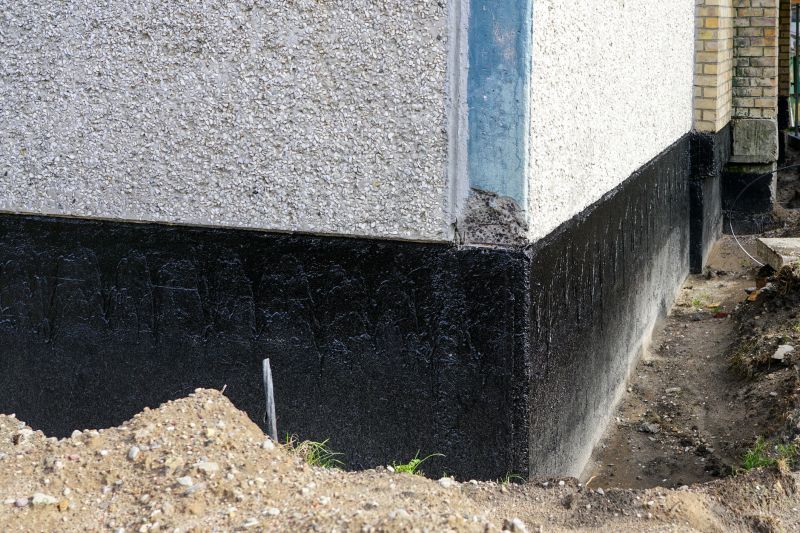
A frequent mistake in Waterproofings and how to dodge it.
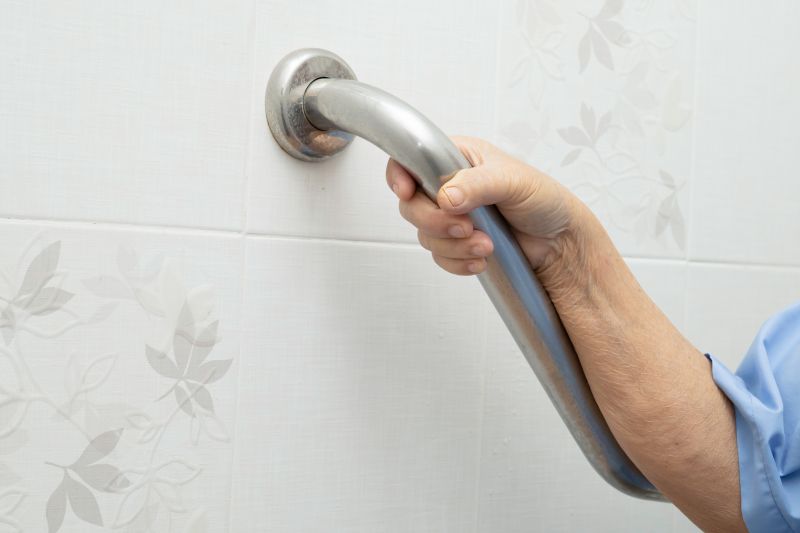
Small tweaks to make Waterproofings safer and easier to use.
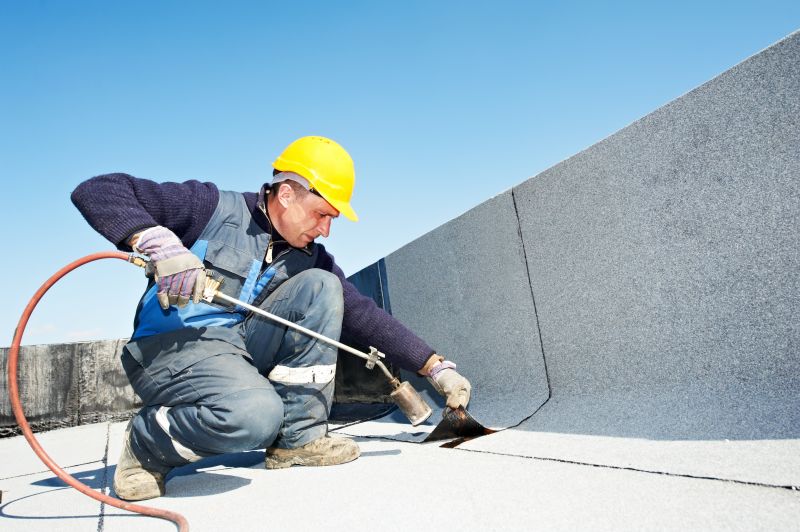
Lower-waste or water-saving choices for Waterproofings.
Selecting the optimal time for waterproofing depends on local climate conditions and project requirements. Proper scheduling ensures materials adhere correctly and cure effectively, providing lasting protection against water intrusion.

The short, realistic tool list for quality Waterproofings.
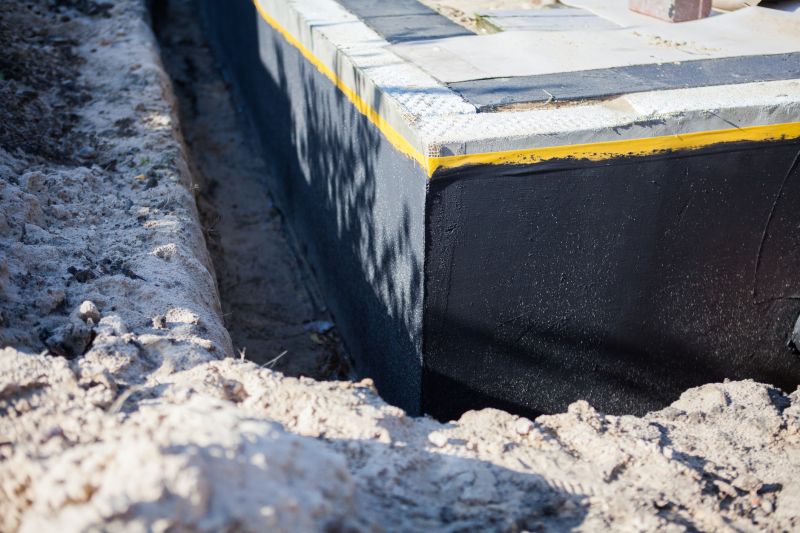
Rough timing from prep to clean-up for Waterproofings.
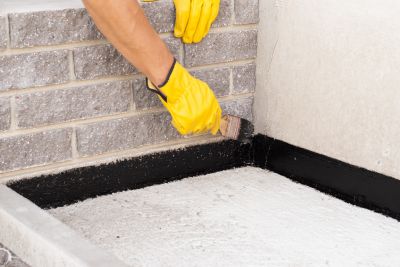
Quick checks and paperwork to keep after Waterproofings.
For those interested in waterproofing services, filling out the contact form provides an opportunity to discuss project needs and scheduling options. Proper timing and application techniques are essential for ensuring durable and effective waterproofing solutions.

